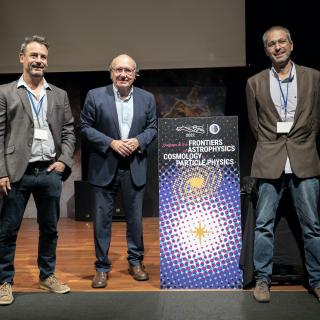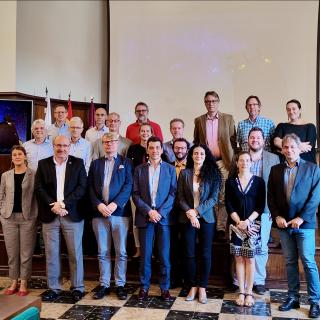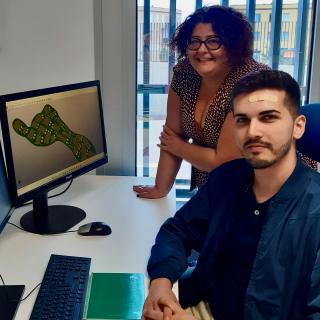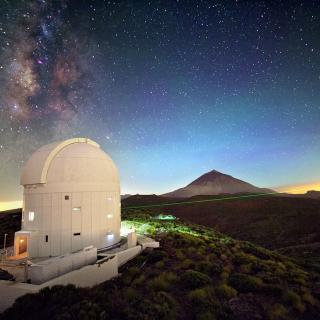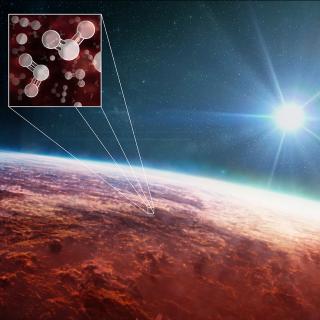
NASA's space telescope has produced a molecular and chemical portrait of the atmospheric constituents of exoplanet WASP-39 b, a Saturn-sized behemoth that orbit a star some 700 light-years away. The observations provide a full menu of atoms and molecules, and even signs of active chemistry and clouds. The suit of discoveries is detailed in a set of five scientific papers produced by an international collaboration involving research staff from the Instituto de Astrofísica de Canarias (IAC). WASP-39 b is a planet unlike any in our solar system. It is a so-called "hot Saturn" –a planet about as
Advertised on
